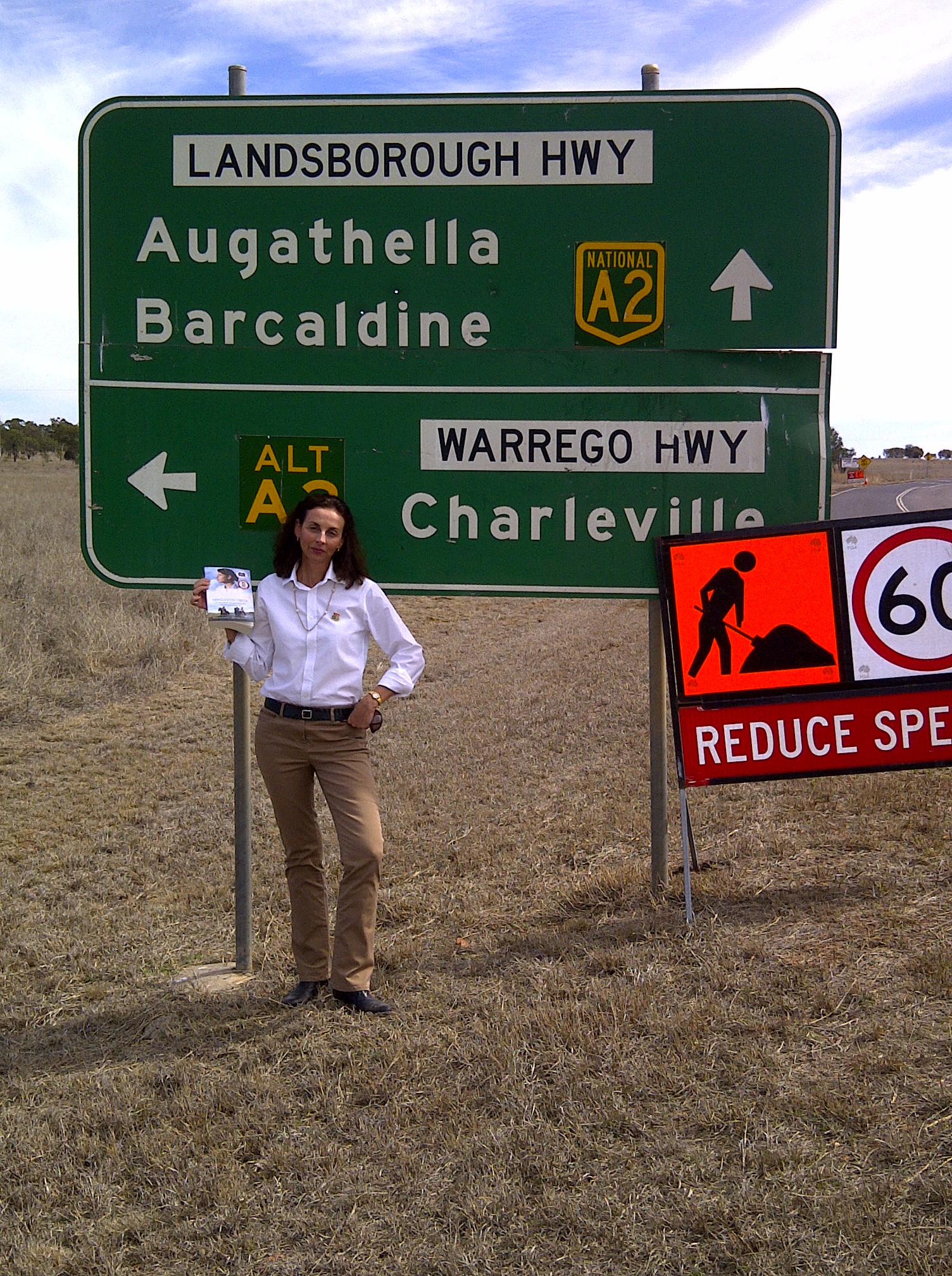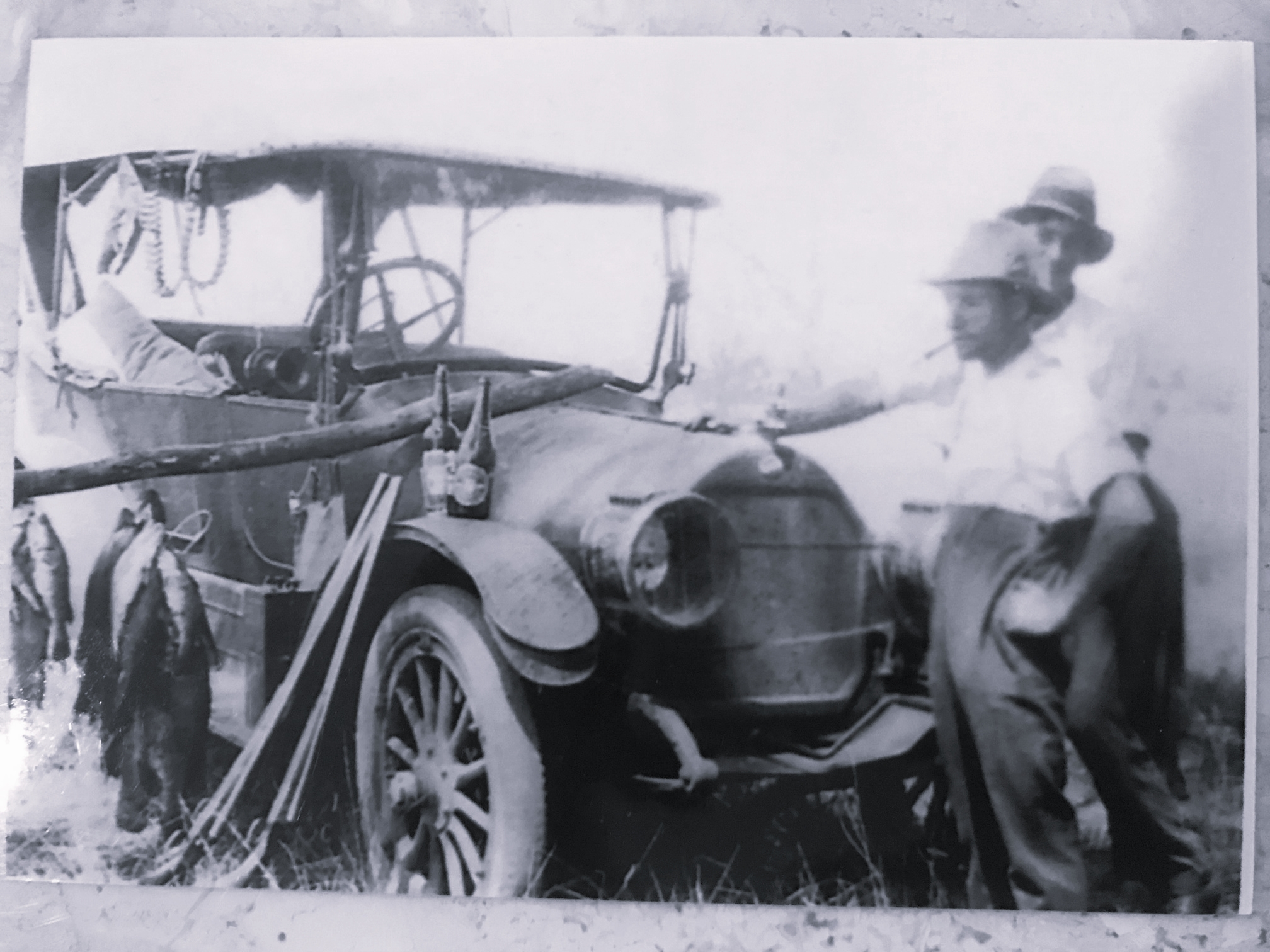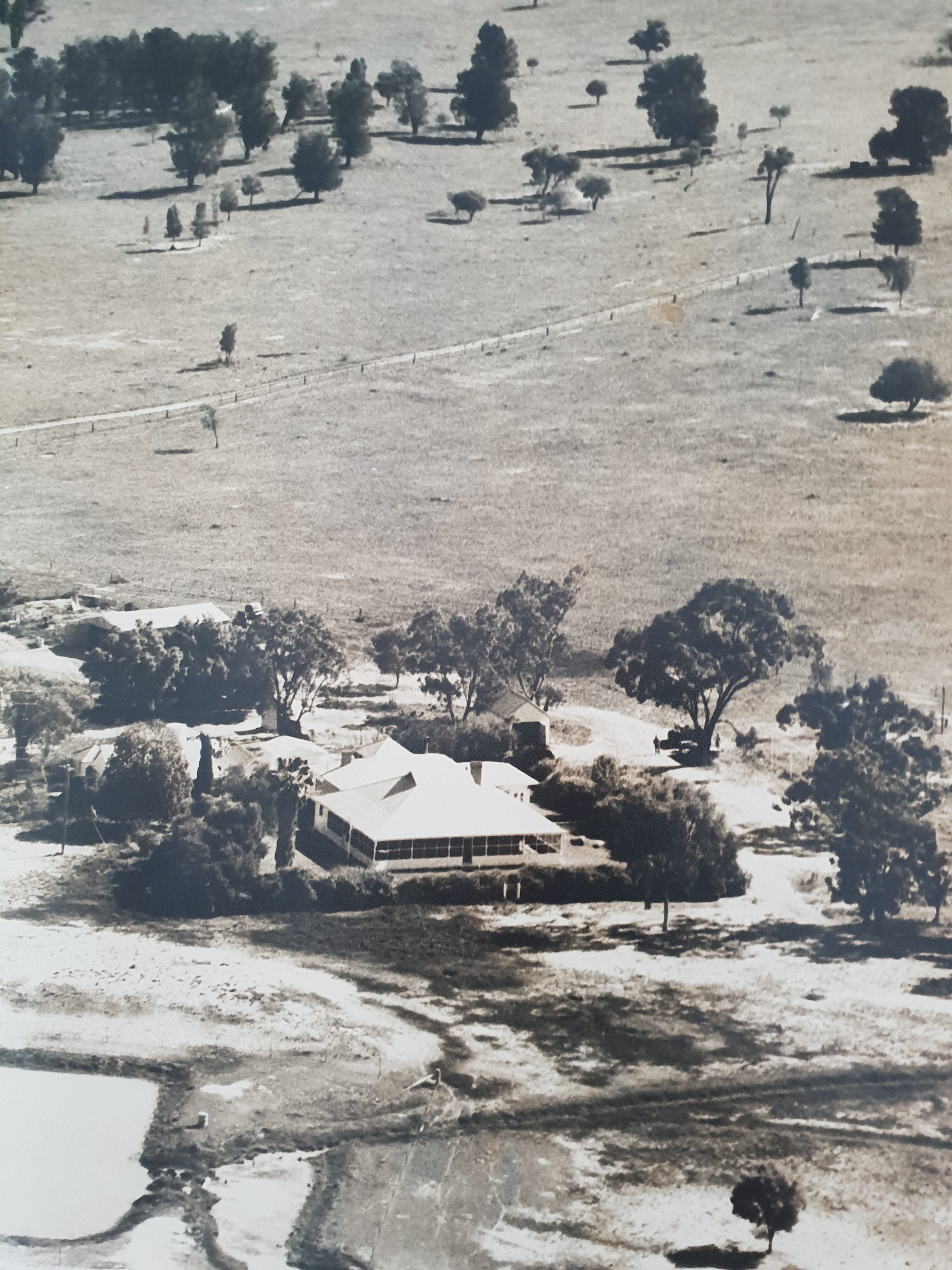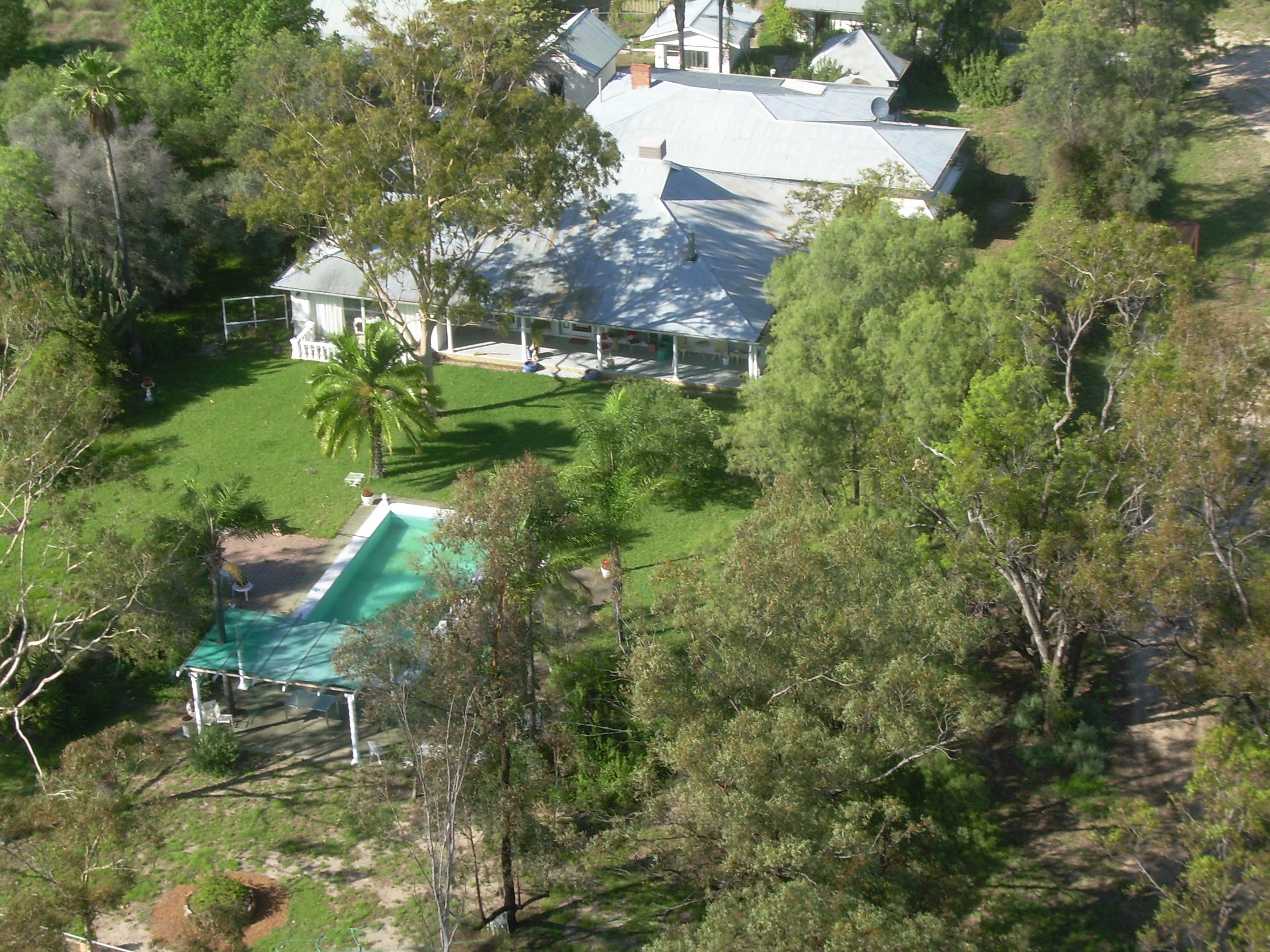The outback has always evoked themes of struggle and survival, epitomised in tales of bushrangers, drovers, rural women and lost children. Certainly any debate about National Identity usually gives consideration to rural Australian life, particularly as it is portrayed in painting, music, literature, film and most importantly, foods. To an extent rural Australia still helps define our national character and for a myriad of reasons, the bush retains an iconic status, notwithstanding the increasingly growing urban divide.
Despite experiencing varying degrees of depopulation, debt, challenging environmental conditions and unemployment our producers of both food and fibre are among the most productive and cost-efficient in the world (Australian Productivity Commission). Australian agriculture benefits from a paltry 3% of subsidies and yet we compete aggressively on the world stage against countries that are the beneficiaries of up to five times that percentage.
And we should be competitive, hungry for success, eager to stream-line our businesses and improve on the generation that went before us and be examples for the next. We are a proud people in a young country and we want the best for our families, our children, our communities.
One of the joys of being a citizen of this country is seeing the out-pouring of generosity that attends every natural disaster that affects our fair land. The Australian people are quick to lend a helping hand during catastrophe and many of us have had first-hand experience of Mother Natures turbulent nature. We know she can be a bitch. We know livelihoods can be destroyed and lives taken and often we watch these horrific events unfold before our very eyes in a matter of hours.
No so with drought. Droughts can be deceptive. Rainfall can lessen gradually until normal annual precipitation is a dream. Dry spells can be broken by the odd mini-break in the weather pattern. A freak rain storm may carry a producer into the next phase of the drought, giving them a few weeks of respite before the weather gods return to their slumber. Droughts by their very nature are long, drawn out affairs. They linger with a deadening, soul-destroying monotony that is punctuated by destocking for minimal prices, by the endless quest of sourcing fodder and/or water to be trucked on-farm and the feeding of hungry stock who look at you with a sad longing as you tip silage, shovel cottonseed, unload hay, auger grain, drop off molasses lick blocks and all the while the earth cracks beneath your feet and crumbles in the wind.
How do we help those affected in such a vast land where the tyranny of distance makes it difficult for many of us to comprehend the extent of the disaster, the number of families affected, the emotional toil or the losses both animal and human? It can be done. Fodder drives, food drives, labour drives. Feed has been trucked to Bourke. Women across QLD are baking Anzac biscuits and other goods and sending these care parcels to affected areas for distribution. Men and women from all walks of life are trying to help so why do state and federal governments wait until the situation becomes so critical that the unspeakable begins to happen; families struggle, depression sets in, crops wither, livestock die or are shot, businesses are destroyed, people lose hope, and in the very worst of situations, eventually someone lifts a gun to their head.
Droughts are not media fodder, if youll excuse the pun, there is no dramatic shot to be had here and quite frankly I wouldnt be taking pictures of it either. Ive seen enough decaying carcasses, shot enough malnourished cows myself and hit their suffering calves over the head with a hammer to last eternity, I certainly dont want to watch it on television or see pictures of it; but someone needs to see it; the masses need to see it, the Australian people need to see it.
Where I live its bad, as bad as it gets. Its six months since we had a fall of rain that exceeded 50 points; its now over two years since we had a decent rainfall event that exceeded 250 points (62mm) in a single month. There are people far worse off than us. They suffer silently. They exist on food coupons. They pray for liquid gold. Their children pray for it.
When the rains do come it will be six to twelve months before any income can be expected. Pastures need follow-up rain to grow, cattle and or sheep may need to be purchased to compensate for the losses suffered while those livestock that do survive need time to recover before fattening can occur with a view to sale. Crops such as wheat, barley and canola need a full profile of soil moisture before planting can begin and then good in-crop falls of rain to be assured of a crop worth harvesting.
When the heavens finally open it will be a long road to recovery. Droughts dont end with the first fall of decent rain, this is just the beginning. Australia and Australians have always been defined by crucial moments in our history. This is one of them.







Leave A Comment